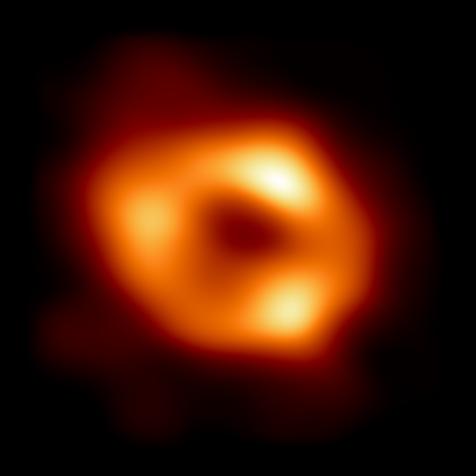
NASA
The Milky Way Broke its Arm (But is Totally Okay)

The Milky Way is a giant, magnificent, truly transcendently beautiful spiral arm galaxy. It’s too bad we can’t get a decent picture of it. The problem is that we live inside it, and so astronomers have to work extra-hard to construct an accurate map.
Look, you try making a sketch of your house while staying inside it.
By making such a sketch of our galactic neighborhood using a map of newborn stars, a team of astronomers have found that one of our nearby arms broke itself in the recent past. But it’s okay, because spiral arms do this all the time.
To make the map of nearby spiral arms astronomers had to look for nebulae and clumps of newborn stars. They look for nebulae because spiral arms are major sites of star formation, and stars are born in nebulae. They look for newborn stars because after stars are formed, they have a tendency to leave home and just wander around.
To look for newborn stars, the astronomers went through old, archived data from the Spitzer space telescope. Spitzer is an infrared telescope, and infrared light is really, really good as passing through clouds of gas (just like infrared light is really good at passing through walls and giving you night vision). Using the Spitzer, the astronomers could spot all the newly forming stars, still cocooned in their parent nebulae.

NASA
But identifying the young stars and the nebulae is only part one. Part two is figuring out how far away they are, which is one of the most difficult jobs in all of astronomy. Thankfully, the astronomers had at their disposal the results of the Gaia satellite, which produced a survey of over a billion nearby stars, giving anyone and everyone a complete census of our neighborhood.
That’s how they found the break – a map of nearby young stars revealed a structure that simply didn’t align with anything else.. It’s a splinter of a nearby major spiral arm, the Sagittarius Arm. When it comes to broken arms, it’s definitely a compound fracture: the splinter of stars is sitting about 50 degrees off of the main line of the Sagittarius. It begins about 4,000 lightyears away from us and extends for another 2,500 lightyears. That’s far smaller than the Sagittarius arm itself, but still truly massive.
The break (also known as a spur or a feather, if you want) features some popular stargazing targets: the Eagle Nebulae (home of the “Pillars of Creation” that adorns desktops background across the globe), the Omega Nebulae, the Trifid Nebula, and the Lagoon Nebula.
Astronomers have known that major spiral arms in a galaxy often splinter and break, and this new discovery gives us the best possible opportunity to see how these dynamics play out. Over time, the stars in this region will slowly disperse into the galactic background, dissolving the break…and healing the arm.
Dive Deeper into the Cosmos
Journey Through the Cosmos in an All-New Season of How the Universe Works
Watch on Science Channel and stream on discovery+.




















